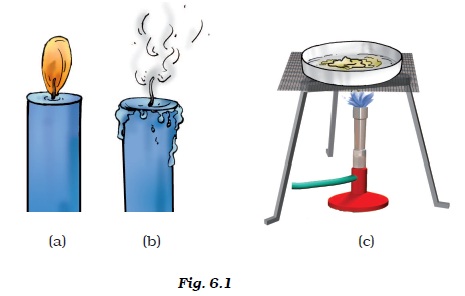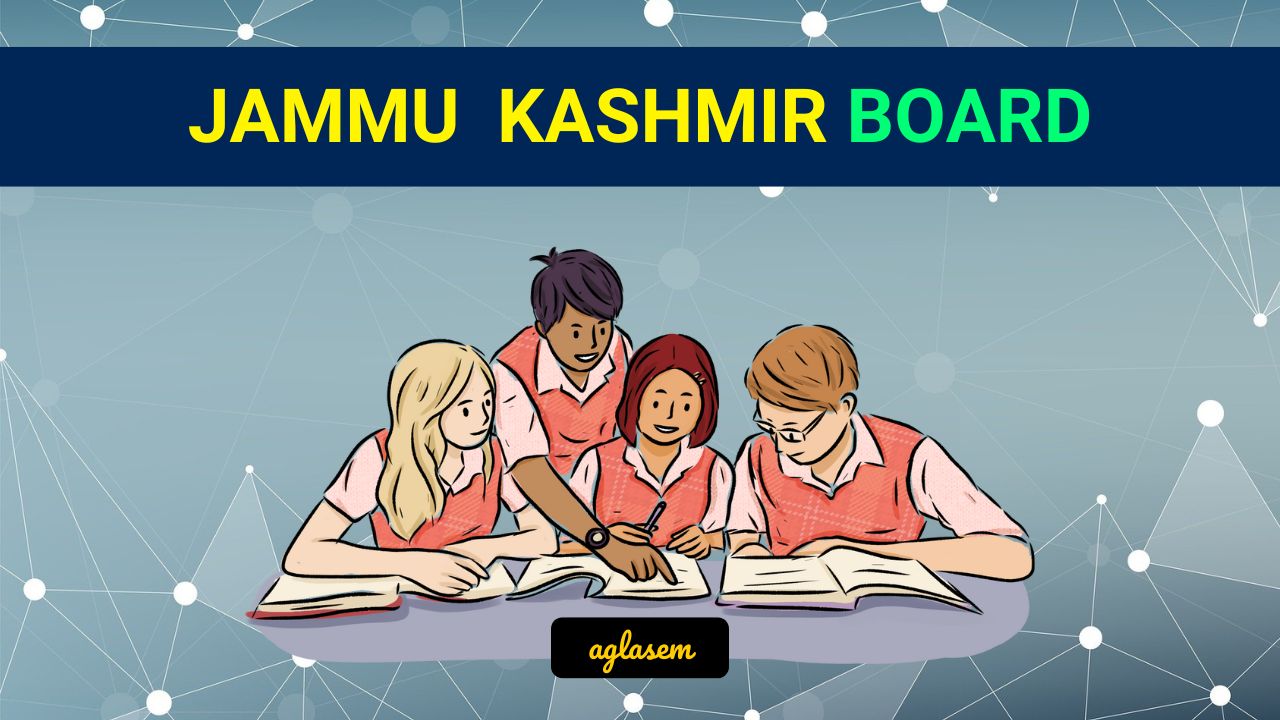Candidates can download NCERT Exemplar Class 6 Science Chapter 6 from this page. The exemplar has been provided by the National Council of Educational Research & Training (NCERT) and the candidates can check it from below for free of cost. It contains objective, very short answer type, short answer type, and long answer type questions. Along with it, the answer for each question has also been provided. From the NCERT Exemplar Class 6 Science Chapter 6, candidates can understand the level and type of questions that are asked in the exam.
NCERT Exemplar Class 6 Science Chapter 6 Changes Around Us
NCERT Class 6 Science Chapter 6 is for Changes Around Us. The type of questions that will be asked from NCERT Class 6 Science Chapter 6 are displayed in the below provided NCERT Exemplar Class 6 Science Chapter 6. With the help of it, candidates can prepare well for the examination.
Also Check: NCERT Solutions Class 6 Science
Multiple Choice Questions
- Pick the change that can be reversed from the following
(a) Cutting of trees
(b) Melting of ghee
(c) Burning of candle
(d) Blooming of flower - Which of the following change cannot be reversed?
(a) Hardening of cement
(b) Freezing of ice cream
(c) Opening a door
(d) Melting of chocolate - An iron ring is heated. Which of the following statement about it is incorrect?
(a) The ring expands.
(b) The ring almost comes to the same size on cooling.
(c) The change in this case is reversed.
(d) The ring changes its shape and the change cannot be reversed. - While lighting a candle, Paheli observed the following changes
(i) Wax was melting.
(ii) Candle was burning.
(iii) Size of the candle was reducing.
(iv) Melted wax was getting solidified.
Of the above, the changes that can be reversed are
(a) (i) and (ii)
(b) (ii) and (iii)
(c) (iii) and (iv)
(d) (i) and (iv) - Salt can be separated from its solution (salt dissolved in water), because
(a) mixing of salt in water is a change that can be reversed by heating and melting of salt.
(b) mixing of salt in water is a change that cannot be reversed.
(c) mixing of salt in water is a permanent change.
(d) mixing of salt in water is a change that can be reversed by evaporation. - Rolling of chapati and baking of chapati are the changes that
(a) can be reversed.
(b) cannot be reversed.
(c) can be reversed and cannot be reversed, respectively.
(d) cannot be reversed and can be reversed, respectively. - Iron rim is made slightly smaller than the wooden wheel. The rim is usually heated before fixing into the wooden wheel, because on heating the iron rim
(a) expands and fits onto the wooden wheel.
(b) contracts and fits onto the wooden wheel.
(c) no change in the size takes place.
(d) expands first, then on cooling contracts and fits onto the wooden wheel.
Very Short Answer Type Questions
- Look at Fig. 6.1which shows three situation (a) a burning candle (b) an extinguished candle (c) melting wax.

Which of these shows a reversible change and why? - A piece of iron is heated till it becomes red-hot. It then becomes soft and is beaten to a desired shape. What kind of changes are observed in this process– reversible or irreversible?
- Paheli had bought a new bottle of pickle from the market. She tried to open the metal cap to taste it but could not do so. She then took a bowl of hot water and immersed the upper end of the bottle in it for five minutes. She could easily open the bottle now. Can you give the reason for this?
Short Answer Type Questions
- Can we reverse the following changes? If yes, suggest the name of the method.
(a) Water into water vapour
(b) Water vapour into water.
(c) Ice into water.
(d) Curd into milk. - Which of the following changes cannot be reversed?
(a) Blowing of a balloon
(b) Folding a paper to make a toy aeroplane
(c) Rolling a ball of dough to make roti
(d) Baking cake in an oven
(e) Drying a wet cloth
(f) Making biogas from cow dung
(g) Burning of a candle - Boojho’s sister broke a white dove, a symbol of peace, made of Plaster of Paris (POP). Boojho tried to reconstruct the toy by making a powder of the broken pieces and then making a paste by mixing water. Will he be successful in his effort? Justify your answer.
- Tearing of paper is said to be a change that cannot be reversed. What about paper recycling?
Long Answer Type Questions
- Give one example in each case
(a) Change which occurs on heating but can be reversed.
(b) Change which occurs on heating but cannot be reversed.
(c) Change which occurs on cooling but can be reversed.
(d) Change which occurs on mixing two substances, but can be reversed.
(e) Change which occurs on mixing two substances, but cannot be reversed. - A potter working on his wheel shaped a lump of clay into a pot. He then baked the pot in an oven. Do these two acts lead to the same kind of changes or different? Give your opinion and justify your answer.
- Conversion of ice into water and water into ice is an example of change which can be reversed. Give four more examples where you can say that the changes can be reversed.
- Change of a bud into a flower is a change which cannot be reversed. Give four more such example.
- Paheli mixed flour and water and (i) made a dough, (ii) rolled the dough to make a chapati, (iii) baked the chapati on a pan, (iv) dried the chapati and ground it in a grinder to make powder. Identify the changes (i) to (iv) as the changes that can be reversed or that cannot be reversed.
- It was Paheli’s birthday, her brother Simba was helping her to decorate the house for the birthday party and their parents were also busy making other arrangements. Following were the activities going on at Paheli’s home:
(i) Simba blew balloons and put them on the wall.
(ii) Some of the balloons got burst.
(iii) Paheli cut colourful strips of paper and put them on the wall with the help of tape.
(iv) She also made some flowers by origami (paper folding) to decorate the house.
(v) Her father made dough balls.
(vi) Mother rolled the dough balls to make puries.
(vii) Mother heated oil in a pan.
(viii) Father fried the puries in hot oil.
Identify the activities at Paheli’s home as those that can be reversed and those which cannot be reversed.
Click here to download NCERT Exemplar Class 6 Science Chapter 6 Changes Around Us.
Answers





To get study material, exam alerts and news, join our Whatsapp Channel.
